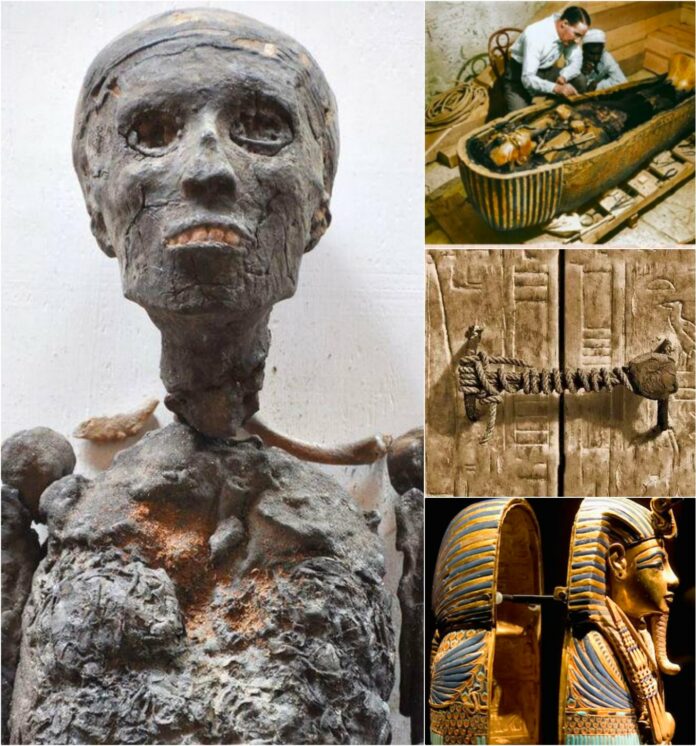Over the years, public opinion has often been captivated by tales of the mummy’s curse causing many sudden deaths. Are these stories real or merely myths? Let’s explore the origins and validity of these claims.
The Origin of the Mummy’s Curse
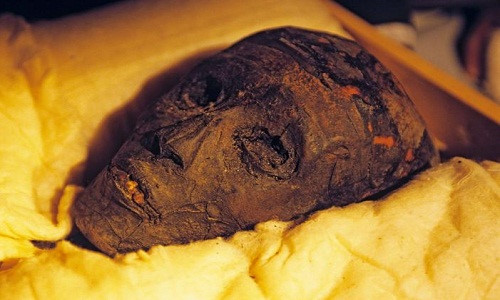
The phrase “mummy’s curse” first gained widespread attention after Howard Carter and his archaeological team discovered the tomb of the Egyptian Pharaoh Tutankhamun in the Valley of the Kings in Luxor, Egypt, in 1922. This discovery, which included the mummy of Pharaoh Tutankhamun and an enormous treasure, is considered one of the most significant archaeological finds in history.
Mysterious Deaths Following the Tomb’s Opening
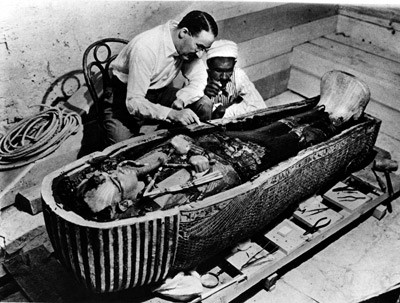
Shortly after the tomb was opened, several people present at the event died suddenly and mysteriously. The first to die was Lord Carnarvon, the sponsor of the excavation, followed by six others who had participated in the process of opening the tomb of the famous Egyptian king. These deaths led some to believe that the archaeological team had disturbed the eternal rest of the king, thereby awakening a deadly curse.
Many people came to believe that the harsh curse caused the deaths of those who desecrated the resting place of Pharaoh Tutankhamun. This belief was fueled by the mysterious and sudden nature of the deaths among those involved in the tomb’s opening.
Ancient Egyptian Origins of the Curse
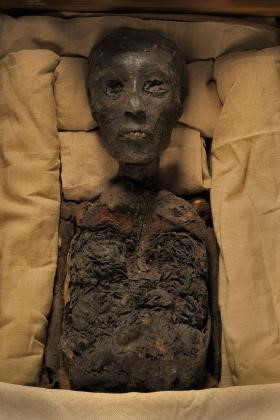
Egyptologist Salima Ikram from the American University in Cairo suggests that the concept of the curse dates back to ancient Egypt. According to Ikram, the walls of ancient tombs were often inscribed with “curses” intended to scare off those who might desecrate or rob the burial goods of kings and royal family members. These inscriptions warned that those who opened the tomb would die painfully.
Scientific Explanations
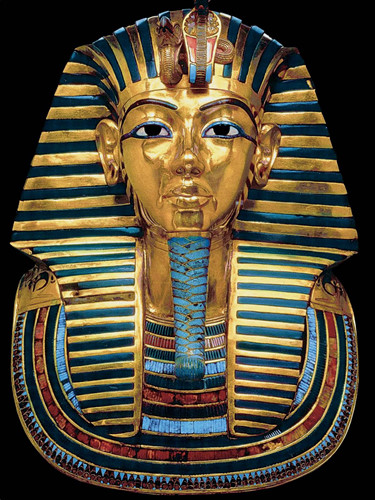
While the idea of a curse is intriguing, some researchers have proposed more scientific explanations for the deaths. Tombs that have been sealed for thousands of years could harbor dangerous pathogens, which might be fatal to individuals with weakened immune systems upon opening the tomb.
Ancient mummies can contain mold, including highly toxic varieties capable of causing lung blockage or bleeding. Moreover, harmful bacteria that affect the lungs can develop on the tomb walls, making entry into these ancient burial sites extremely hazardous and potentially fatal over time without immediate awareness.
The stories of the mummy’s curse, while fascinating, are likely a blend of ancient superstition and modern scientific reality. While the inscriptions on tomb walls may have been intended as primitive security measures, the actual dangers posed by ancient pathogens and molds provide a more plausible explanation for the mysterious deaths. As always, it is essential to approach such tales with a balance of curiosity and skepticism, considering both historical context and scientific evidence.
